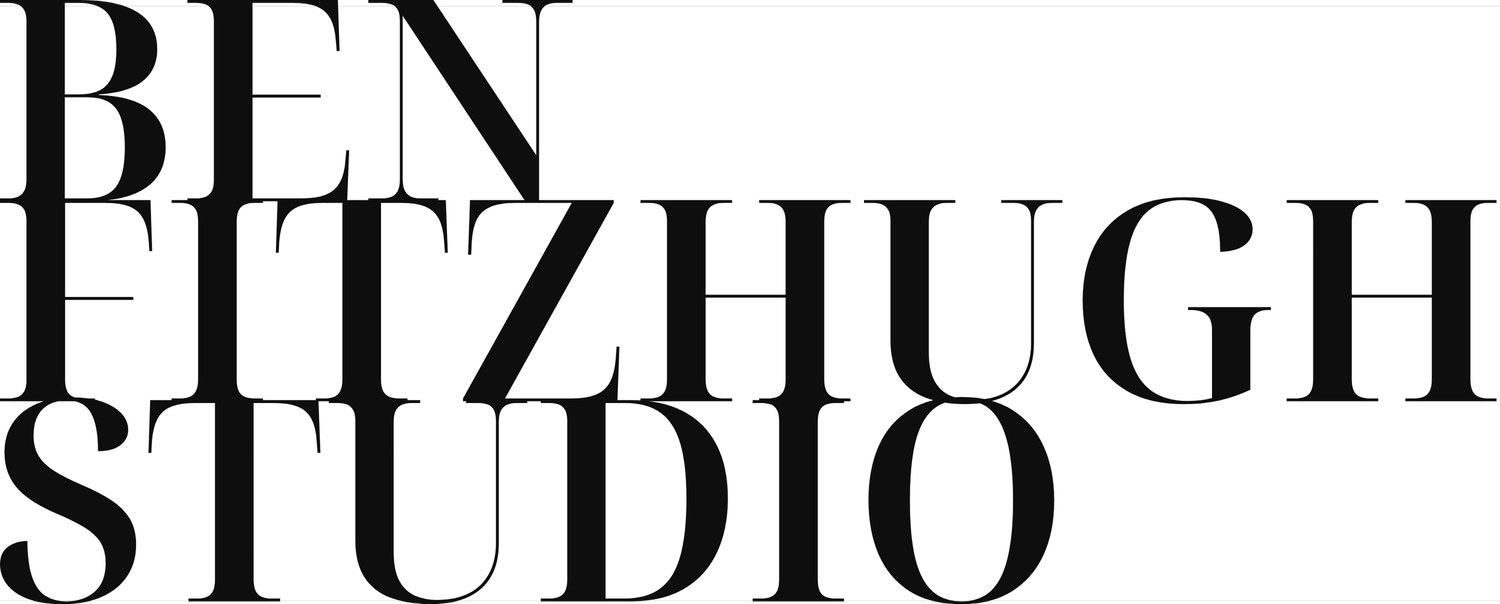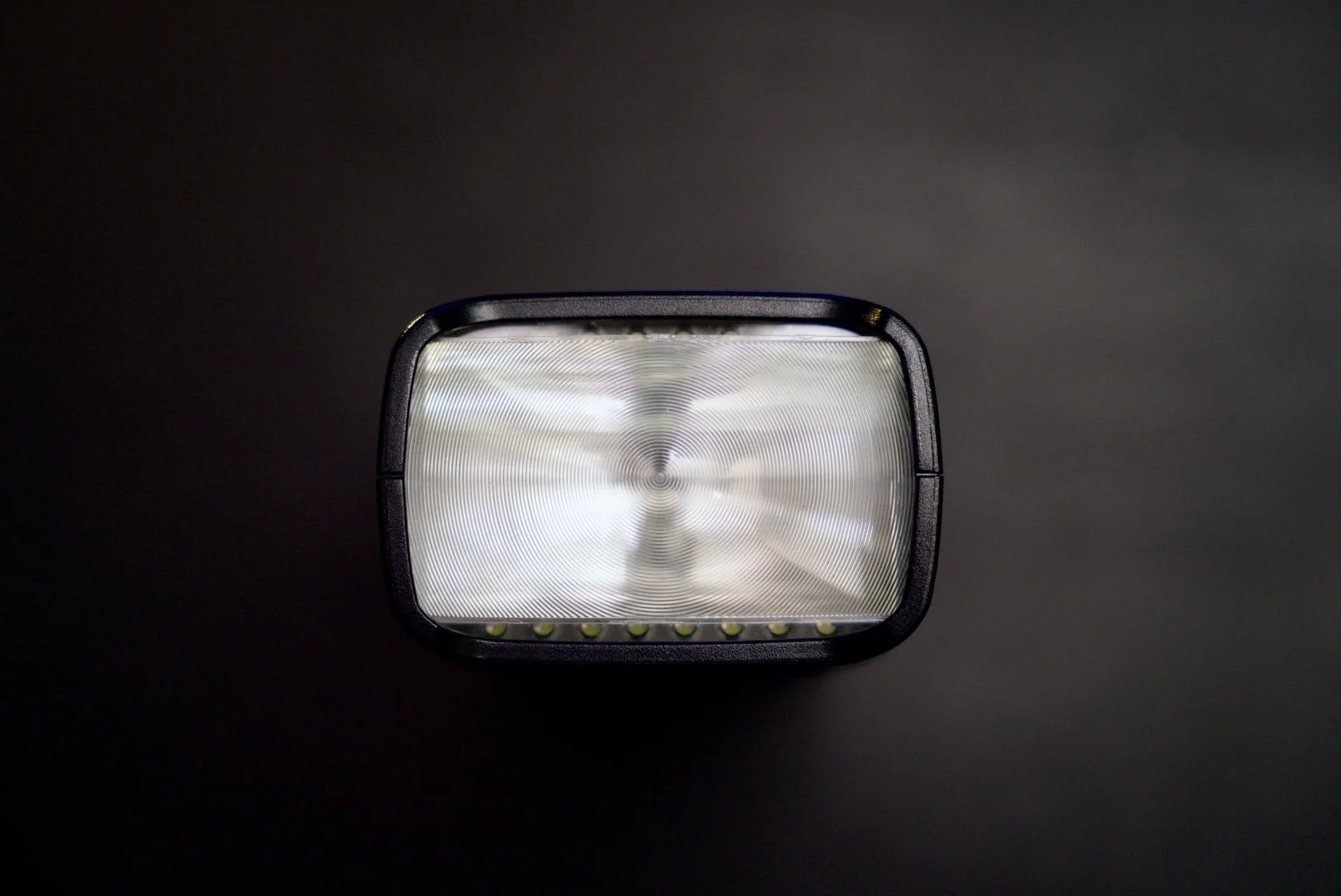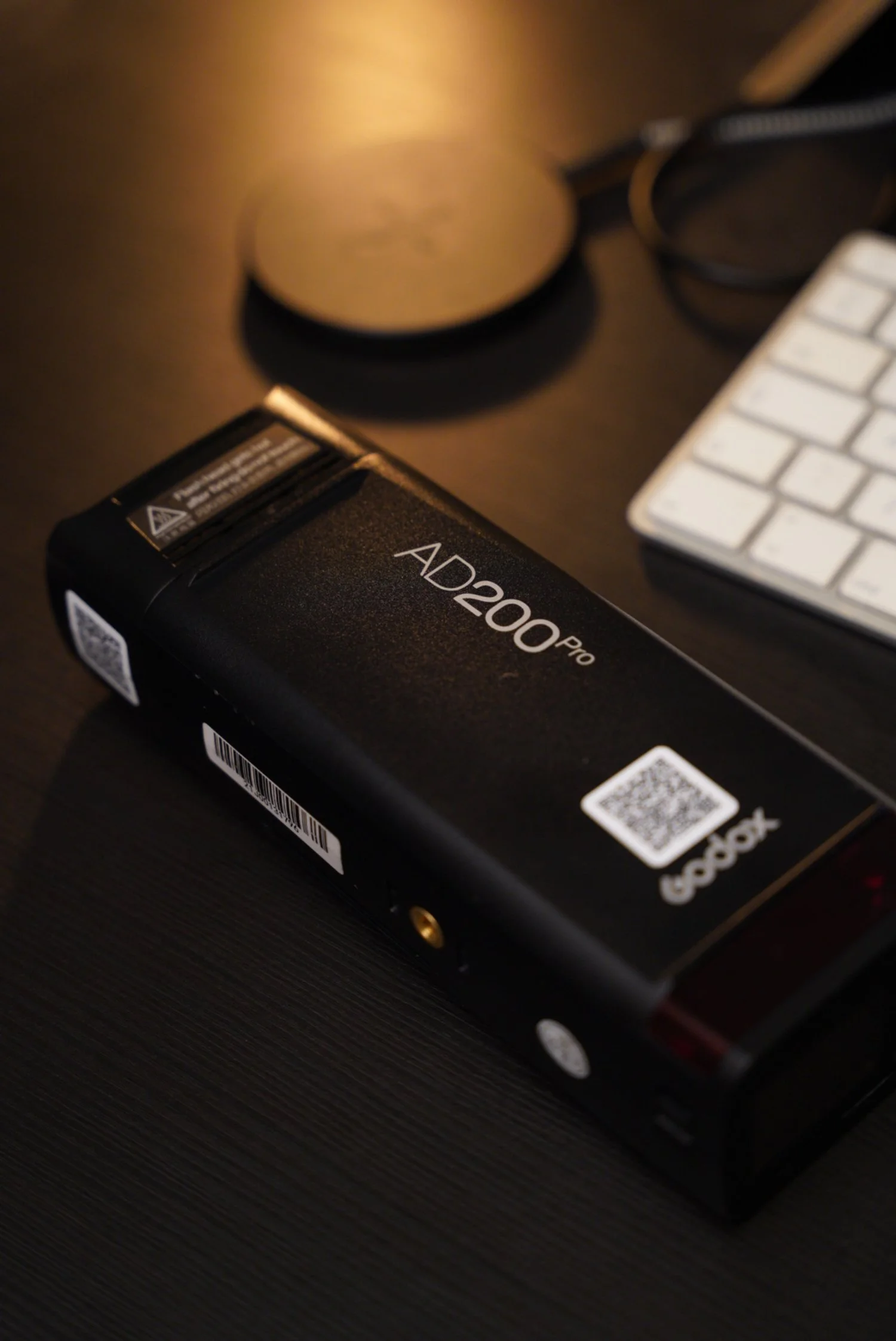Getting Started with Flash Photography
Getting the most from your Flash is easier than it seems. To many starting out in photography, using a flash is an intimidating prospect, this leads many photographers to simply hope that they’ll be able to save their images in Lightroom later.
It can take a while to learn what kind of setup works best for each situation; once again: just remember there's no one right answer when it comes down to "it depends" as is the case with many of my education articles. Don’t hate, photography is subjective! As with learning any new skill, the key is to get out and practice. Get it wrong, figure out why you didn’t like the result and try something else to get the result you do.
TLDR: It’s so much easier than you expect.
Setting up your flash
Thanks to modern advances in camera and flash technology, connecting and using your flash couldn't be simpler. Whenever I started to use Flash more often, I decided to invest in the Godox ecosystem. The good thing about the Godox system is its simplicity of it, it allows you to connect a brand-specific trigger to their range of speedlites and studio lights. This means that if you were to switch to another camera brand later down the line, you wouldn’t need to sell and then buy a different model. It is worth noting that some of the higher-end on-camera flashes are brand-specific, but you could still use them off-camera with a Godox Trigger if you end up stuck.
For an on-camera flash, it's as simple as connecting the flash to the top of the camera normally via the hot shoe. This allows the flash to connect directly to the camera without the need for an additional cable.
Once the camera is connected to the flash, I would normally turn the flash on and set it to roughly 1/16th power, this is a great starting point for most situations and is a rough middle point for dialling in your required power.
In most situations, I would normally use manual mode, although there are occasions that TTL mode would be useful, for example, in a fast-moving situation where the light is changing rapidly. The benefit of not relying on TTL mode means that you better understand the flash, and maintain a consistent exposure throughout a series of images.
When using an on-camera flash, I will normally point the flash towards the back right of the camera. This keeps the flash pointing towards the ceiling allowing the light to bounce and provide a more flattering look for your subject. Another benefit is that this position is the most flexible for switching between portrait and landscape orientations, keeping the flash pointing up in either position.
What do the flash power levels actually mean?
This is less confusing than it might seem whenever I initially started using flash. I assumed like many other photographers that it would be linked to shutter speed perhaps or work in a similar way. The good news is it does, kind off…
For example, 1/1 flash power means full power on your flash, and 1/256th means the flash is only using 1/256th of its power for each shot. This is, in a sense, similar to your shutter speed, in that the smaller the fraction, the less light for your camera.
This is part of the reason why I’ll often start with a flash power of 1/16th, as it’s bright enough to make a difference to my image on all but the brightest days, without taking too long to recharge or immediately overpower the scene.
When should I use flash?
Choosing when to use your flash can be tricky, whenever I was still uncomfortable using flash, I would often forgo it and simply raise my ISO to compensate instead. However, whilst Flash is intimidating, it is well worth spending a couple of minutes to set it up on the day, rather than hours in Lightroom or Capture one later, trying to reduce the horrible ISO grain that has embedded itself in your images. Flash can be used at any point, not necessarily to provide the main lighting sauce, but to provide an additional light or direction in order to create a more appealing shot.
There are often times when you may not feel you need to use the flash, but using one would give you control over how the light is hitting your subject’s face. This is a huge advantage and will save you plenty of time later on. As you may be able to tell a big advantage that I see you from using a flash for your photography is just the time savings alone. Regardless of the shoot, I'm on, besides, perhaps a landscape shoot, I will almost always have a flash or a speedlite nearby, allowing me to quickly add it to my camera and allow me to shape the light as I capture the image. Make no mistake, though, using a speed light would stop you from having to raise your ISO, it will, however, stop the images from being quite so grainy and allows colours to look more natural in darker environments.
How to avoid the “Flash Look”
Whilst direct flash has definitely become a trendy style of photography at the moment. As purely my personal opinion, I have no issue with the retro 90’s direct flash look. I’m not too fond of the soft flash look that happens when photographers try to mimic natural light and fail. I find it makes the images look far too HDR-y!
Whenever I'm setting up my flash, almost always try to avoid this look. A good way to avoid this look is to simply use the flash to supplement the light that’s already there. By using your flash as a fill source, it means you're not trying to overpower the Sun, which will almost always result in bad images or a dead battery. If you’re shooting in a relatively dim area, you may find that your flash doesn't actually get low enough in part levels to use effectively. By investing in a higher-end speedlite, these speedlites will often go to 1/256th power rather than the 1/128th power on lower-end models, or as a cheaper alternative, try simply shooting from further away from your subject. By increasing the distance between your subject and the flash you’re using, you’ll exponentially decrease the amount of light hitting your subject whilst simultaneously creating a softer light too.
As a key takeaway from this article, I would say go out and practice. Start with a speedlite, see how you find that, discover how it might change or improve your shooting style, and perhaps consider investing in a trigger for the ability to use it off-camera as well.
Remember that whilst every photo may not be incredible, getting to grips with flash photography is one more tool for you to improve your photography and capture the images that you want to, even if the venue lighting is a bit rubbish…



